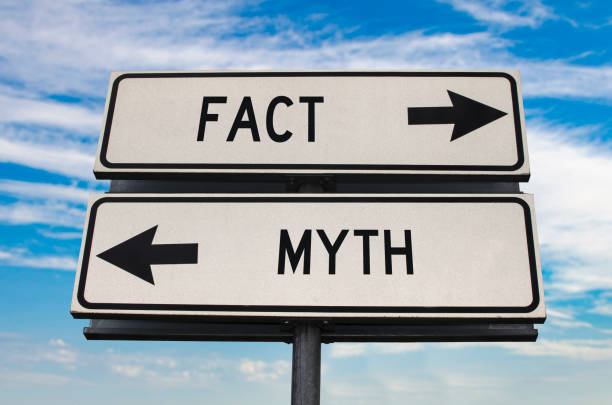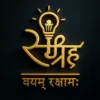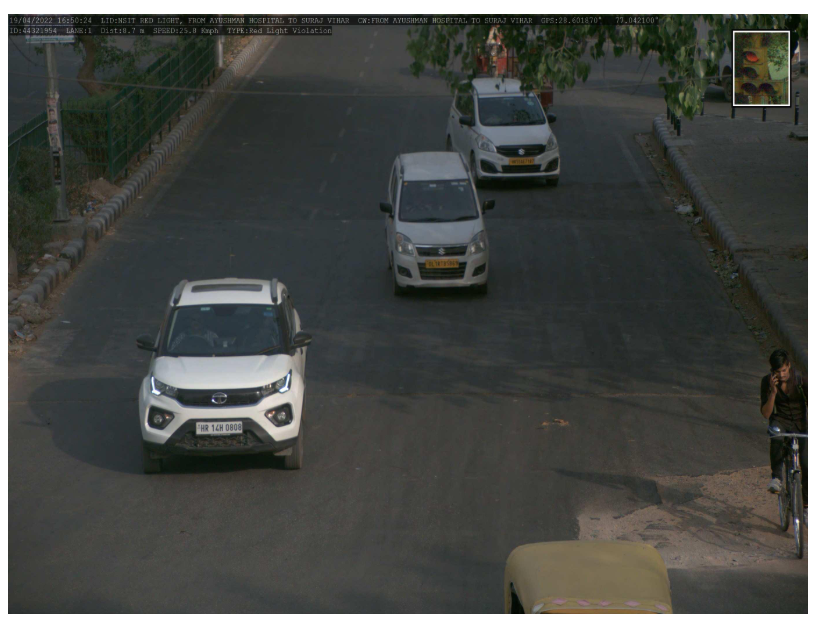During our childhood most of us might have thought of groundbreaking ideas to create something along the lines of, “what if this/that was like so…?”. As we all grow up to be adults, those creative-outworldly ideas we once had as a child, often turn into certain “lightbulb moments”, where we think of something like - ”Well that could be an interesting invention!” or “This invention would revolutionize so and so system or field!” and so many other thoughts.
If you are one of those adults with such inventive ideas pacing through your high-functioning brains, then you might have also wondered whether you should patent your idea, especially in this current knowledge-driven economy with intellectual property rights as one of the headline topics.
Patents are often considered as the “golden tickets” to success by many. Throughout my career so far as a subject matter expert in the patent world, I have realised something - patents are often as misunderstood as they are fascinating. There’s a whole lot of half-truths, tea-break myths and “advice from a friend”, that usually steer people in the wrong direction when it comes to patents. Therefore, I intend to demystify some of those misconceptions and shed some light on what patents truly mean in practice.
Myth: Only big companies and research institutes can file patents.
Fact: The Indian Patent Act provides provision for anyone and everyone who wants to file a patent application. This includes all individual inventors, small and medium businesses, startup organisations and even students. The Indian patent office offers filing fees to individuals (referred to as “natural persons”) and small enterprises so as to encourage people to innovate more.
Myth: Filing a patent gives rights directly to manufacture and sell your product.
Fact: While a patent gives you the right to exclude anyone else to make, use or sell your invention, it does not automatically give you a right to directly commercialize your product. Even after getting a patent you have to comply with all the regulatory requirements and the necessary licenses for commercialising your invention.
Myth: Ideas can be patented.
Fact: This is false. Mere ideas or discoveries cannot be patented. For an invention to be patentable, it must satisfy the main criteria of patentability - novelty, inventive step and industrial applicability. The invention must be novel and not previously disclosed anywhere in the world. It must not be obvious to a person skilled in the art i.e. it has an inventive step or technical advancement over the prior inventions. Finally, it must be capable of being made and/or used in industry.
Myth: Filing a patent application or getting it published means you have a patent.
Fact: Filing of the patent is the first step in the patent cycle and getting it published is the next step. A patent application goes through a rigorous scrutinization to check for its compliance with the requirements of patentability. During the scrutinization process, the examiner reviews the application and only when he/she is satisfied that all requirements are met will a patent be granted.
Myth: International patents provide worldwide protection.
Fact: There is no such thing as “worldwide protection”. Patent rights are territorial in nature. This means that a patent granted in a particular country or jurisdiction provides protection only in that country or member countries (in case of convention application and PCT application).
Myth: The validity and exclusive rights through a patent are forever.
Fact: Patents have a limited lifespan and depend on the patent laws of a particular jurisdiction. For instance, in India, patents are valid and provide exclusive rights to the patentee for 20 years from the date of filing or the priority date, whichever is first. After the completion of 20 years, the invention enters the public domain, allowing anyone to use it freely. Moreover, a patentee needs to pay the annual maintenance fee (or renewal fees) for keeping the patent in-force or active throughout its lifespan, to be able to effectively exercise the exclusive rights on it.
Myth: Patents are too expensive for individuals or small enterprises.
Fact: The fee structure of the Indian Patent Office is one of the most affordable globally. The government provides discounted fees for individuals and small enterprises to aid them in effectively filing patent applications to protect their inventions. Apart from the provisions of the government, patent attorneys also offer flexible payment plans to individual inventors and small enterprises. Additionally, there are many schemes by the government of India that provide financial assistance for patent applications such as SIPP, START-UP INDIA, etc.
Myth: Filing a patent means that it will automatically be granted.
Fact: Mere filing of the patent application does not ensure the grant of a patent. The patent application is subject to rejection after going through the process of examination. Detailed reviews are conducted by the patent offices to ensure the compliance of the application with jurisdictional patent laws. Examiners may issue objections and/or rejections requiring the patentee to provide arguments and/or amend claims of the specifications.
To conclude, patents are more than just confidential legal instruments of commercializing a product. They are the life-blood of innovation ecosystems in an economy that thrives on knowledge. Demystifying the myths relating to patents and embracing the facts will aid the inventors to be able to better harness the power of the patent systems around the world. Hence, a successful patent application and subsequent prosecution requires both legal expertise and technical precision.


